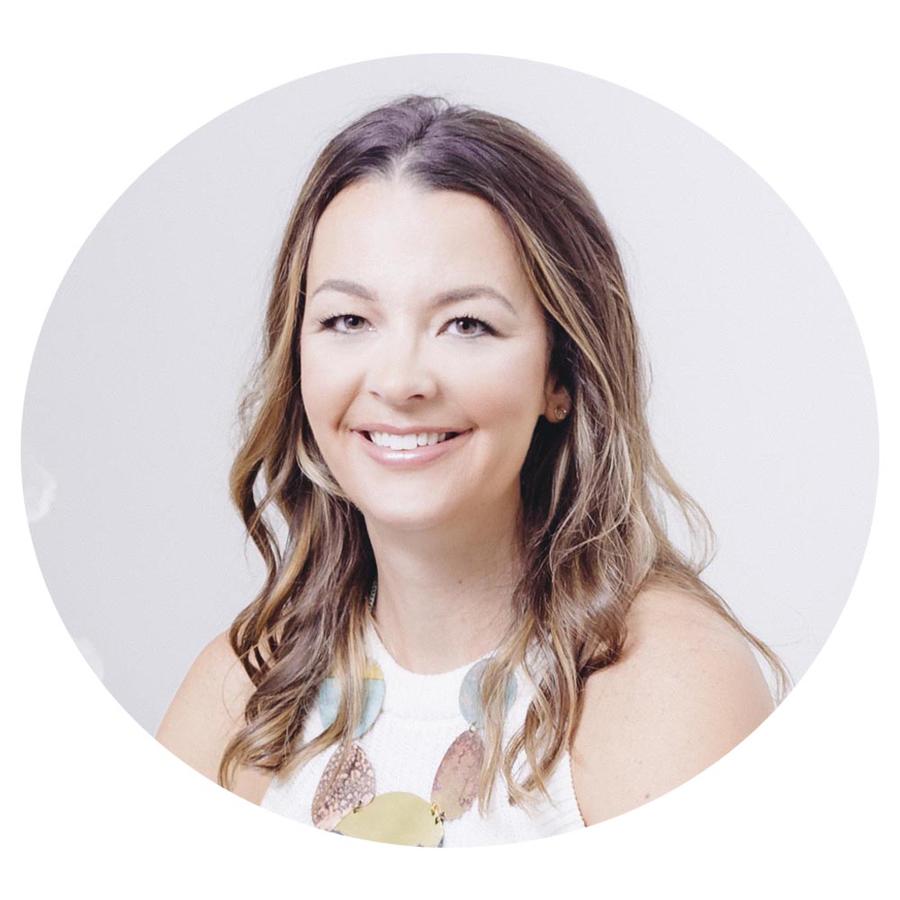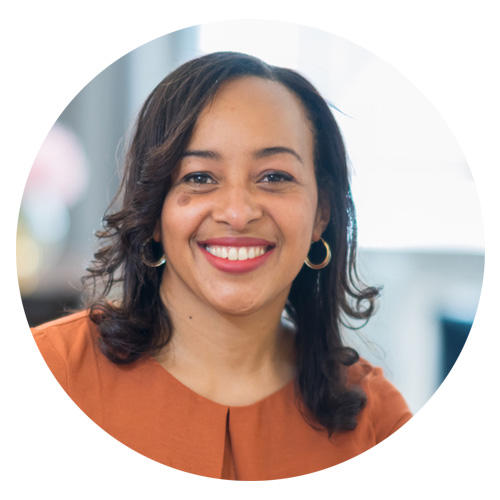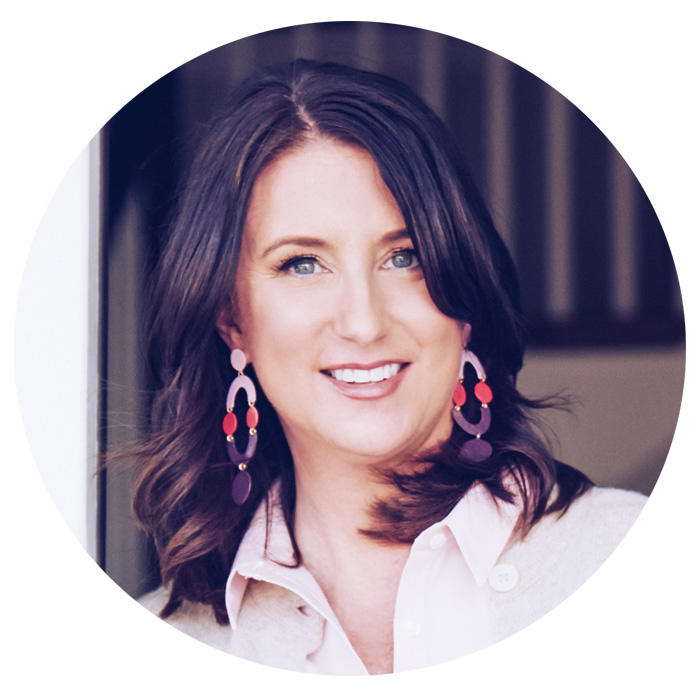No one likes to talk about money, but for designers, it’s crucial to be able to explain your pricing to clients. We asked six designers—Marie Burgos, Lauren Haskett, Christian Ladd, Sara Noble, Timothy Oulton and Melody Vaughn—how they explain their fees to clients.

Up front
“Explaining my fee structure is an important part of interviewing and qualifying potential clients. After an initial successful phone interview, I set up a meet-and-greet in my office, where we discuss the process and fees in more detail. I think it is essential to be straightforward and clearly communicate the way I charge. Once we decide to move forward with our working relationship, I send a letter of agreement to be signed by both parties, which includes specifics about my fees.” —Lauren Haskett, Lauren Haskett Fine Design, Houston

Phase off
“We have our in-house multifunction design practice, focusing on bespoke projects and installed solutions. Studio fees are tailored according to each project, depending on the scale and complexity of the brief. The design is usually broken up into three phases: concept, schematic and detailed, with the first two stages serving as brainstorming sessions with the client. This brainstorm session is an essential part of the process that facilitates collaboration and ensures that the client has an active part in honing the direction of the overall design. The fees are split according to these design phases and are paid at the start of each phase once the previous phase has been signed off.” —Timothy Oulton, London

Two-parter
“The most important thing is transparency and explaining each phase of the project to new clients so they fully understand the services they are receiving. I break down the process into two main phases and explain what each of them includes, the first being the design concept creation and the second being the implementation. I usually apply a flat fee, based on square footage and the type of project, for creating the design concept. For installations, our charge is a commission on purchases or percentage of project cost for implementing the project, which includes all the procurement and project management, from finishes to the last piece of accessories. This lets new clients make informed decisions with a transparent fee structure.” —Marie Burgos, Marie Burgos Design, New York

Carded
“Rate cards are my friend! It took me several years to come up with the simplest ways to discuss my fees. I’ve found that by having a rate card—something clients can see and read for themselves—they are better prepared to set realistic expectations for their budget.” —Melody Vaughn, Melody Vaughn Interiors, New York

On the clock
“At this point in my career, the most valuable realization I have had is to be as candid as possible during the initial meeting. By doing so, I am able to avoid being put in the
precarious scenario of taking on a project that is not worthwhile, and in turn I am not wasting the client’s time. In order to abide by this, it is of utmost importance to present all pertinent details, including billing schedule as well as boundaries, during the initial meeting. By being up front, the entire working relationship and process is
much more seamless, as nothing will be assumed.” —Christian Ladd, Christian Ladd Interiors, Amarillo, Texas

Evolution
“We continue to improve our methodology on pricing. We want to make sure we are being fair to our clients and attracting our ideal client at the same time. Probably my biggest mistake was undercharging for too long. It led to taking on too many smaller projects. For now, we charge hourly and estimate how much time certain rooms take to design. This approach allows us to do our design work and then work with the client to fine-tune the plan to best fit their family and how they live. We find that our work speaks for itself and clients want us involved, even if we don’t have a long-term one-time contract in place.” —Sara Noble, Noble Designs, Leawood, Kansas
Homepage photo: courtesy of Noble Designs




























